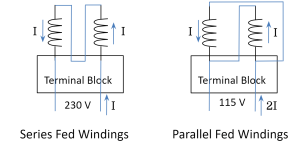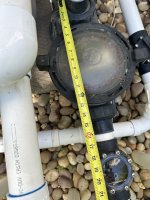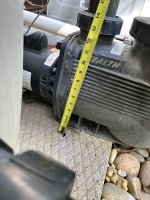I’m planning for an eventual replacement of what I believe to be the original ca. 2005 Jandy 1.5HP pump in our pool. Of course I’m looking at VSPs. Some of the units offer dual 110/230v versions, while other have just single voltages. In reading the sales literature on one, there was the statement: “The 230 V voltage ensures efficient performance”. My question is, is 230 more efficient than 110? Since I’m already wired for 230, should I look for 230v pumps only, or can I look for either and be just as “efficient”?
Thanks.
Thanks.
Last edited:




